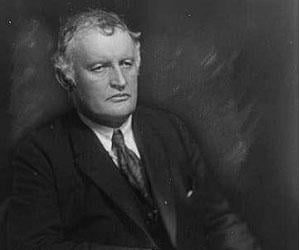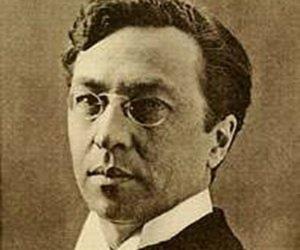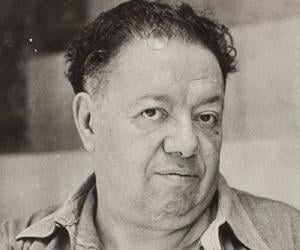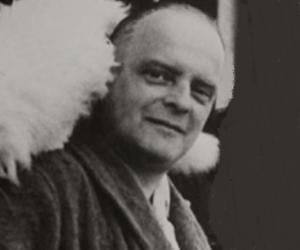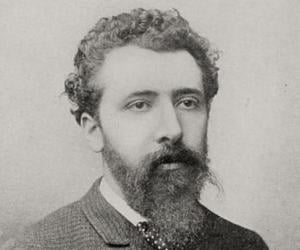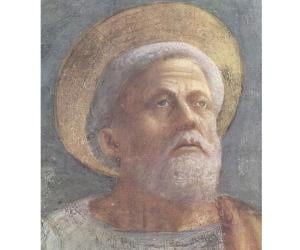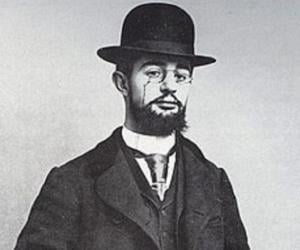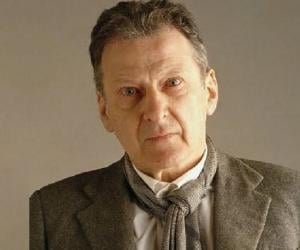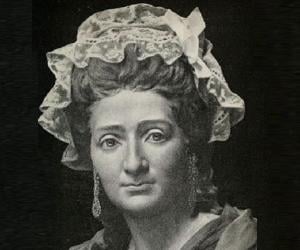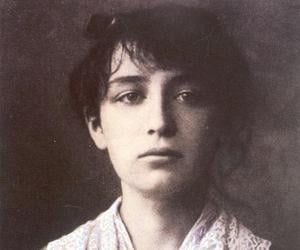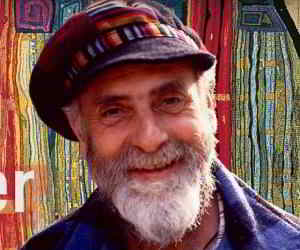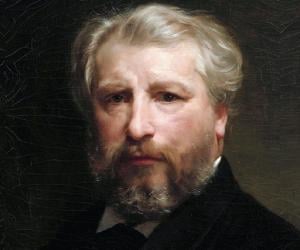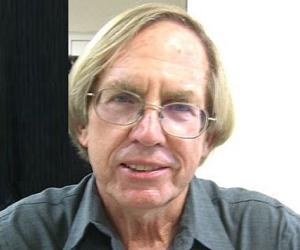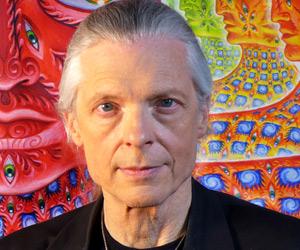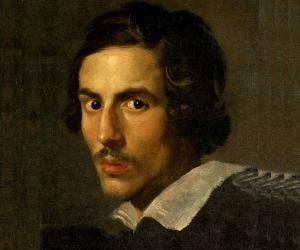Norwegian painter Edvard Munch is remembered for his iconic works The Scream and The Frieze of Life - A Poem about Life, Love, and Death. His paintings exhibited themes that reflected his own psychological states. He was a significant member of the Symbolism movement but was banned by the Nazi.
A significant figure of the Post-Impressionist era, Georges Seurat depicted structured art, far removed from the free-flowing Impressionist art. Best known for techniques such as pointillism, he created masterpieces such as Bathers at Asnières. He died before his last exhibition ended, and eerily displayed an unfinished painting, Cirque.
Masaccio was a Florentine artist best remembered for his skills at recreating lifelike figures and imitating nature. Widely regarded as the best painter of his generation, Masaccio employed foreshortenings and nudes in his paintings, which were rarely seen at that time. He is also considered the first great Italian artist of the Quattrocento period.
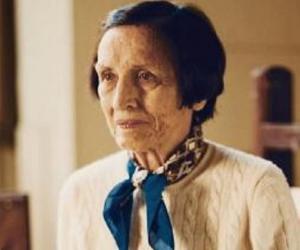
Françoise Gilot is a French painter whose professional career was overshadowed by her long and turbulent relationship with Spanish painter Pablo Picasso. After breaking up with Picasso, with whom Gilot had two children, the former deterred galleries from buying her work. He even tried blocking the release of her memoir Life With Picasso which was released in 1964.
The son of architect L. Freud and the grandson of legendary psychoanalyst Sigmund Freud, painter Lucian Freud was born in Berlin but later moved to London to flee Nazism. He showed an inclination toward surrealism initially but later drifted to realism. Cedric Morris remains one of his notable works.
Marie Tussaud was a French artist and sculptor best remembered for her wax sculptures. She founded Madame Tussauds, a wax museum, in London in 1835. The museum is a major tourist attraction today. As a young girl, she learned wax modeling from doctor cum wax modeler Philippe Curtius. In the ensuing years, she became a prominent sculptor.
French sculptor Camille Claudel is also popularly known as legendary sculptor Auguste Rodin’s student, mistress, and muse. Claudel also contributed to many of Rodin’s masterpieces but never got any credit for it. After her relationship with Rodin soured, she became alienated and eventually died in an asylum.
Austrian visual artist Friedensreich Hundertwasser is remembered for his imagination, his love for bold colors and uneven forms, and his dislike for “straight lines.” He and his Jewish mother escaped the Nazis by posing as Christians. His architectural projects are focused on environment-friendly buildings, such as the Hundertwasserhaus apartment block.
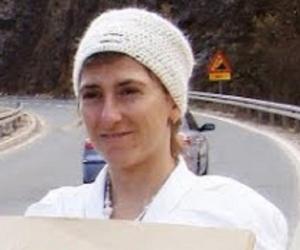
Pippa Bacca made international headlines in March 2008, when she was found naked and strangled on the outskirts of Istanbul. The Italian feminist artist had apparently been raped and murdered in the middle of her hitch-hiking program Brides on Tour, which had her traveling from Milan dressed as a bride.
William-Adolphe Bouguereau was a French academic painter who enjoyed significant popularity in the United States and France. Renowned for his realistic genre paintings, which focused on the beauty of the female human body, Bouguereau received top prices for his paintings and numerous official honors during his lifetime.

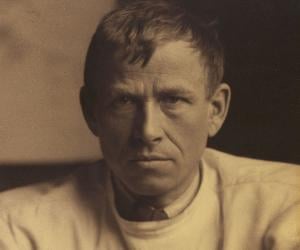
German painter, engraver and printmaker Otto Dix, counted among the most significant artists of Neue Sachlichkeit, is noted for his harsh and brutal depictions of war and severe situation of German society during the Weimar Republic. Some of his paintings, exhibited in Otto Dix House, which showcases materials on his life and work, include Selbstbildnis als Rauchern and Meine Freundin Elis.
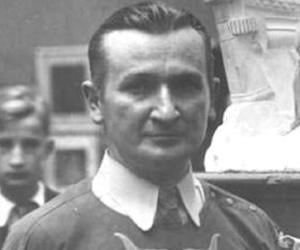

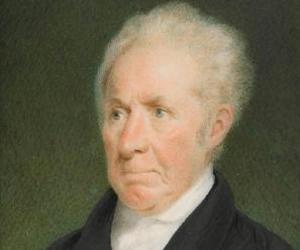
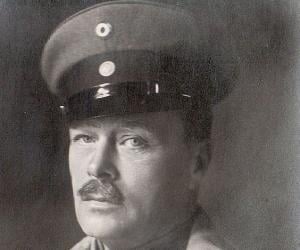
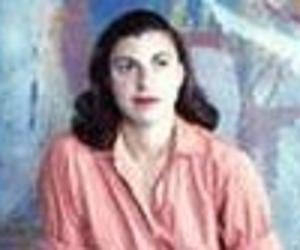
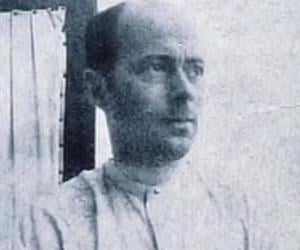
El Lissitzky remains to be one of the greatest figures of the Russian avant-garde movement. Apart from excelling as a painter, an architect, and a photographer, he also pioneered 20th-century nonrepresentational art. He was also part of the De Stijl and had taught at the Bauhaus, too.
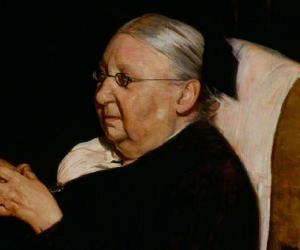
Landscape architect Gertrude Jekyll was born into an affluent family and grew up in a refined environment, learning music and traveling. Initially interested in painting, she gave it up to focus on gardening when she developed eyesight problems. She built around 400 gardens and also collaborated with Sir Edwin Lutyens.
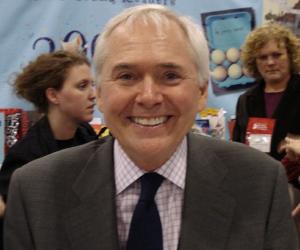
Marina Abramovic is a Serbian performance and conceptual artist whose work explores endurance art, body art, and feminist art. It also explores the relationship between audience and the performer, the possibilities of the mind, and the limits of the human body. Marina Abramović is also credited with founding a non-profit organization called the Marina Abramović Institute.
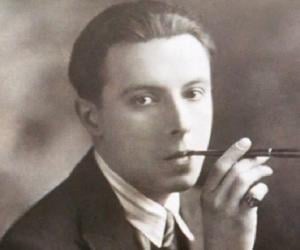
Russian-French designer and artist Romain de Tirtoff, better known as Erté, not just designed clothes but also created sets, costumes, and posters for opera and ballet performances. He had worked for Harper’s Bazaar and the Folies-Bergère, and had also penned quite a few books on design and illustration.
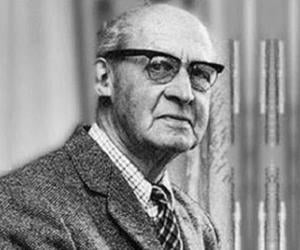
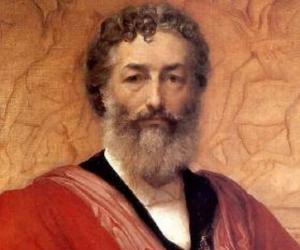
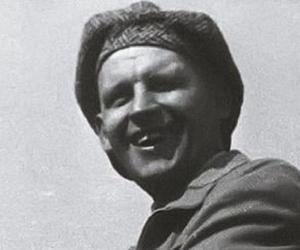
Remembered as one of the founders of the avant-garde movement named Russian constructivism, Alexander Rodchenko has experimented with photography, paintings, posters, photomontage, and sculpture. Most of his works have political overtones. He was a prominent member of the October Group and was geared toward making art for the working classes.
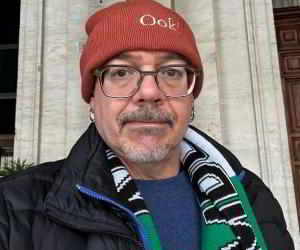
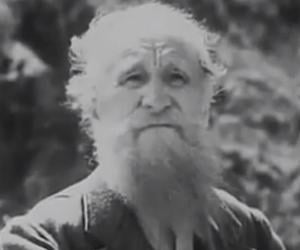
Best known for his female nude statues, Aristide Maillol had started his career as a tapestry painter. He was 40 when failing eyesight forced him to quit painting and take to sculpting. He was influenced by the French group of artists named the Nabis. Many of his artworks were later looted by the Nazis.


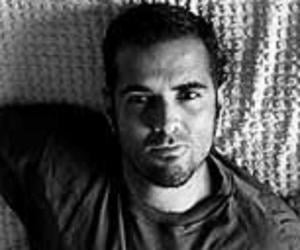
Félix González-Torres was an American visual artist best remembered for his sculptures and minimal installations made out of everyday objects like lightbulbs, stacks of paper, clocks, and packaged hard candies. In 2010, his 1992 piece Untitled sold for $4.6 million at an auction. Félix González-Torres died at the age of 38 due to complications from AIDS.
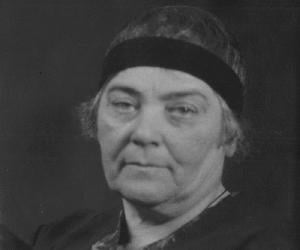
Emily Carr was a Canadian writer and artist remembered for painting landscapes and authoring one of the earliest chronicles of life in British Columbia. Considered a Canadian icon, Carr was one of the first modernist painters to portray the spirit of Canada. In 2013, one of her paintings The Crazy Stair sold at a Toronto art auction for $3.39 million.
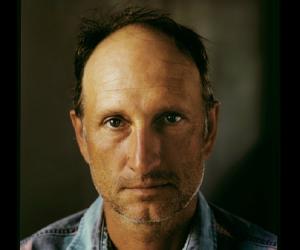
Bruce Nauman is an American artist whose work involves sculpting, printmaking, drawing, and photography. In 1993, he was honored with the Wolf Prize for his contribution to 20th-century art and his work as a sculptor. He has also received other prestigious awards like the Wexner Prize. In 2004, he was named in Time magazine's list of 100 most influential people.
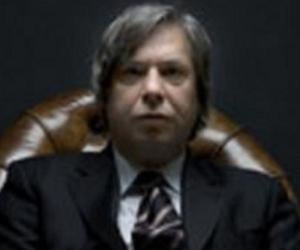

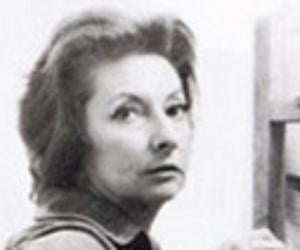
A significant figure of the Mexican surrealist movement, artist Remedios Varo was taught technical drawing by her hydraulics engineer father. Born in Spain, she later fled to France with her lover, poet Benjamin Péret, and then to Mexico to escape Nazism. She was also interested in sacred geometry and alchemy.
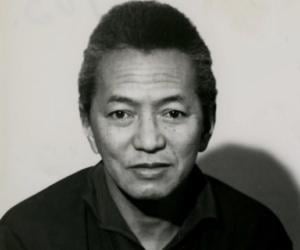

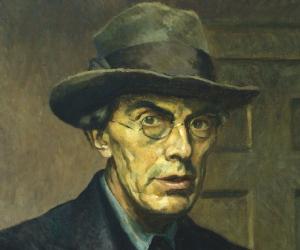
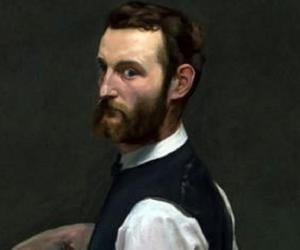
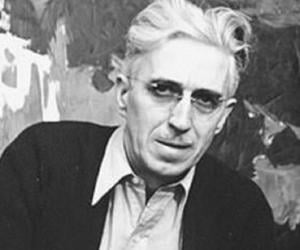
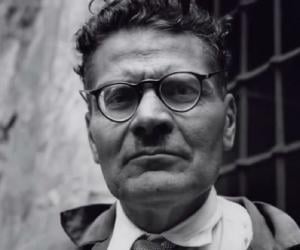
One of the finest 20th-century muralists who specialized in fresco, José Clemente Orozco was not just a painter but also a talented caricaturist. His murals adorned not just cities of Mexico, but also places such as New York and California. The National Prize winner often focused on socially relevant themes.
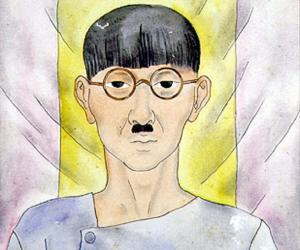
Tsuguharu Foujita was a Japanese expatriate painter, known for his nude paintings, portraits, city scenes and painting of cats. Moving to Paris at the age of 25, he made friends with many aspiring artists including Picasso and Matisse, shortly becoming famous for his Reclining Nude with Toile de Jouy. He turned to more religious subjects towards the end of his lucrative career.
